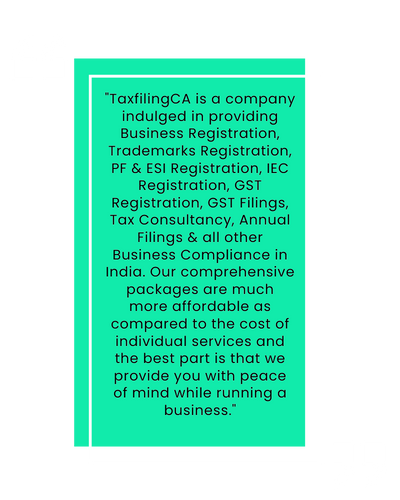ABOUT ITR 1
ITR-1 can be filed by a Resident Individual whose, total income does not exceed ₹ 50 lakh during the FY, and whose, income is from salary, one house property, family pension income, agricultural income (up to ₹5000/-), and other sources, which includes zero interest from Savings Account.
Documents Required for ITR-1
- If you are an employee, there are certain documents that are required for filing your Income Tax Return (ITR) using ITR-1 form. These documents include:
- PAN card: Your Permanent Account Number (PAN) card is essential for filing your ITR. It serves as a unique identification number for tax purposes.
- Form 16 provided by your employer: Form 16 is a document provided by your employer that summarizes the details of your salary income, deductions, and taxes deducted during the financial year.
- Salary slip: Salary slips are important for e-filing your ITR. They contain detailed information about your monthly salary, allowances, deductions, and other components of your salary package.
- Including these documents is crucial for accurately reporting your income, deductions, and taxes paid while filing your ITR-1 form.
Get Started
Benefits of E-Filing of Income Tax Return
The advantages of ITR Filing are:
- Loans: Bank loans like Educational loans, Vehicle loans, and Personal loans, can be availed easily as they require the last three year’s IT returns.
- Visa: As Immigration centers scrutinize many documents and IT returns, ITR proofs are mandatory documents for visa applicants.
- Avoid penalties: Hefty amounts would be charged for non-filing of income tax returns and hence it is always better to file it to avoid legal repercussions.
Who Should File an Income Tax Return?
- According to the Income Tax Department, the following entities are required to file yearly IT returns:
- Salaried individuals with gross income exceeding the exemption level before deductions under Sections 80C to 80U.
- Regardless of profit or loss, every firm, whether private limited, LLP, or partnership, is required to file IT returns.
- Individuals who are Directors in a Private Limited Company or a Partner in a Limited Liability Partnership firm.
- Individuals who earn dividends from mutual funds, bonds, equities, fixed deposits, interest, and other sources.
- Individuals that receive income through charity or religious trusts, as well as income from voluntary contributions.
- Individuals and businesses seeking tax refunds.
- NRIs and tech professionals on onsite deputation, as well as anyone with foreign income or assets.

Income Tax Slab for Senior Citizens Above 60 Years
- The income tax slab for senior citizens above 60 years is designed to provide certain concessions and benefits to individuals in this age group. In India, senior citizens enjoy specific tax advantages as recognition of their contribution to society and to alleviate financial burdens during their retirement years. The income tax rates for the senior citizens are presented below:
- Income Tax Slab,Tax Rates for Individual & HUF Below the Age Of 60 Years & NRIs
- Up to ₹2,50,000* {Nil}
- ₹2,50,001 to ₹5,00,000 {5%}
- ₹5,00,001 to ₹10,00,000{ 20%}
- Above ₹10,00,000 {30%}
FAQ
Filing a complete income tax return by the deadline is the simplest approach to obtain your tax refund. You can check the total advance tax payments made on Form 26AS as you file your return.
For users who have filed ITR via our platform, may check your e-filing of Income Tax Return status on the website or else can get in touch with our experts to know more.
You may submit a revised return as many times as you like. To file an ITR, you must include information about your initial ITR with each updated return on your ITR.
Of course, technically there is a difference between filing income tax returns and deducting TDS. In this case, when you file a tax return it becomes a proof of payment of all taxes due. The income tax return documents will also be an added benefit when you apply for a loan. Also, if there are any excess taxes deducted the same will be refunded to your bank account.
The government has provided options to refund your excess tax amount when you file your IT return. This will be credited directly to the specific bank account through an ECS. Make sure to file the bank details with utmost care.
You must file a return in times of financial losses in that particular year. You can easily carry forward to adjust with the positive income in the following years. But this option will only be available if you file your ITR on time. For further queries, you can write to us.
Technically, no documents are required to be attached along with the ITR forms. However, you should provide these documents in proper order in case of any inquiry.
As per the Income tax Act, you should file an income tax return in India if your total income exceeds ₹2.5 lakh in the given financial year.
E-filing is the process of electronically submitting an income tax return online via verified portals .
The easiest way to file the ITR is through TaxFilingCA. There are three methods for submitting income tax returns online;
- Use a Digital Signature Certificate (DSC).
- One can also file online, without a Certificate of Digital Signature.
- Using an e-Return Intermediary (ERI), one can electronically file the income tax return with or without a digital signature certificate (DSC).

